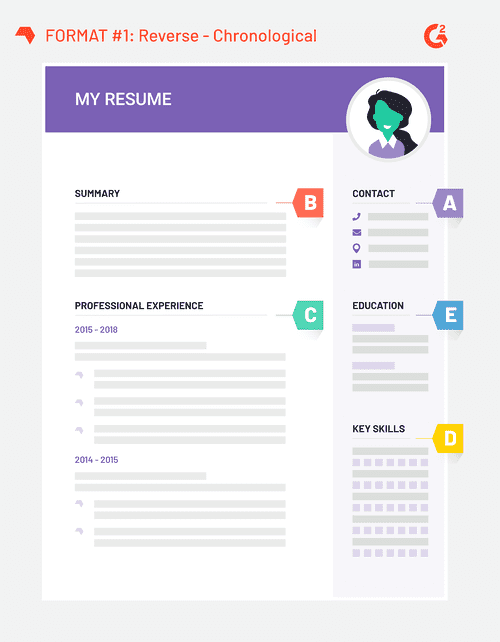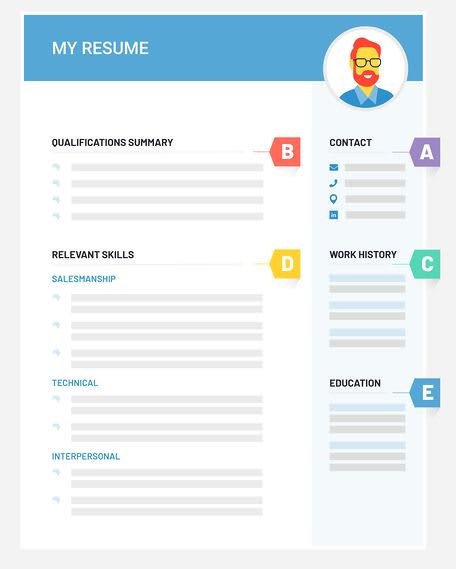By Karen Gilchrist
CNBC Make It, April 19, 2019.
The jobs market is changing, that’s no secret.
Today, shifts in technology and demographics mean that more of us are working for longer and in totally different ways than previous generations.
And that trend shows no sign of abating. The World Economic Forum predicts that by 2025, 75 million jobs will have disappeared to be replaced by 133 million new ones as automation spreads in the workplace.
What’s less clear, however, is how to respond to that mammoth move.
Yet, according to experts, it likely starts with rewriting a centuries-old concept: The resume.
In a recent LinkedIn Influencer post, Alistair Cox, the CEO of global recruitment firm Hays, praised luminary Leonardo da Vinci for creating the resume in 1482, but opined that “as the world in which we work changes beyond recognition, so does the C.V.”
And he’s not alone in that view. Speaking to CNBC Make It, Paul Wolfe, global head of human resources at job site Indeed, said traditional resumes today do a “poor job” of representing candidates. Meanwhile, TopCV’s career expert, Amanda Augustine, said resumes “need to adapt to (employers) changing needs.”

So, just what does the new resume look like and — more importantly — how should you rewrite yours? Well, according to Cox, there are four things to keep in mind.
1. Readers will be both man and machine
We’re told that one of the key traits of the evolving workforce will be the presence of machines. And they will play as much a part in hiring for new jobs as performing them.
Indeed, they already are. According to U.S.-based business software marketplace G2, the use of so-called applicant tracking software — the machines used in resume screening — grew by 202% among its users in the year to April 2019.
That means that resumes today need to put greater emphasis than before on keywords, G2′s employee engagement journalist, Lauren Pope, told CNBC Make It.

“Applicant tracking systems won’t be dazzled by verbose language or bragging — it’s looking for the keywords that communicate that you can do the job,” said Pope.
Despite this, human recruiters will still play an important role, particularly in the final stages of an interview, experts agreed. So your resume and accompanying cover letter should give a flavor of you as an individual.
“Think of your personal statement as your elevator pitch, it’s the first thing a hiring manager or recruiter will read, so it’s got to be good. Use it to really paint a picture of who you are and what your story is,” said Cox.
2. Skills will be the focus
While key skills will be useful for recruiting algorithms, they’ll also be important for showing employers how you can adapt to the changing workforce.
“Skills are the new currency of the workplace,” Cox wrote in his post.
Therefore your resume should highlight the best traits you have to offer and your potential to learn new ones.
Those might include “super technical” skills, like cloud computing and user experience design, as well as simpler ones like the ability to analyse data. But, equally, soft skills such as creativity and communication should be noted, said Cox. Indeed, more than 57 percent of senior leaders today say they value soft skills over hard skills, according to a recent LinkedIn skills survey.
It helps greatly to display your current and future potential. — Grant Torrens, Regional Director, Hays Singapore
“As the world of work evolves, potential is becoming a bigger factor to consider than years of experience when assessing the suitability of a candidate,” Grant Torrens, Hays’ regional director for Singapore, elaborated in an email to CNBC Make It. “It helps greatly to display your current and future potential.”
Indeed’s Wolfe agreed: “You can’t have years of experience for a skill that’s only been around for 8 months.”
Stating is not enough, however, noted TopCV’s Augustine. Your resume should “show, rather than tell.” Where space evades you, you should refer recruiters to an online work portfolio or other showcase page, like your LinkedIn profile.
3. Gaps will become more common
With more of us expecting to work well into our 70s, career breaks are set to become more common as people take time out to retrain and travel.
As a result, recruiters will need to start challenging their longstanding view of gaps as “red flags.” That’s good news for employees, said Cox, so long as you know how to position them.
If you have career gaps, “don’t try to hide them,” said Cox. Instead, highlight how you kept yourself busy — whether by volunteering, undertaking training or travelling — and what you learnt.
“The key is to show how your break benefits not only your mental health but also your career,” added Torrens.

“Present to your prospective employer how you’ve stayed relevant through what you’ve learned from your break or how you’ve sharpened your skills during the career break,” Torrens said.
There are also smart ways to make a career break less prominent without omitting it entirely, suggested Pope.
“The functional resume focuses more on your skills and less on your career experience,” she said, contrasting the skill-led resume with the more traditional reverse-chronological style. “This resume is perfect for those who have jumped around in their career or taken significant time off.”
4. Personalization will be key
Finally, while experts suggest that machines will begin to outperform humans in many operational tasks in the coming years, there remains some time to go before they can accurately replicate human interactions.
So, highlighting your individual character and what sets you apart will be key, said Cox.
“Use your CV to tell the reader what you’re passionate about and what really motivates you,” he said. “The words you use should set the scene for the interview, during which you can explain more.”
Going forward, the resume should be part of a much bigger profile. — Paul Wolfe, Global Head of Human Resources, Indeed
Depending on your skill set and the job for which you’re applying, that could include experimenting with new formats like video resumes or even augmented reality, he added.
Though others cautioned against gimmicky approaches, which they said can detract from a resume’s content, they agreed that applicants should bolster their resume with additional sources.
That might include a cover letter, LinkedIn profile, work portfolio or “carefully curated” social media accounts, said Augustine.
“Going forward, the resume should be part of a much bigger profile, with deeper information on people’s experience and abilities, as well as proven results on assessments,” added Wolfe.











